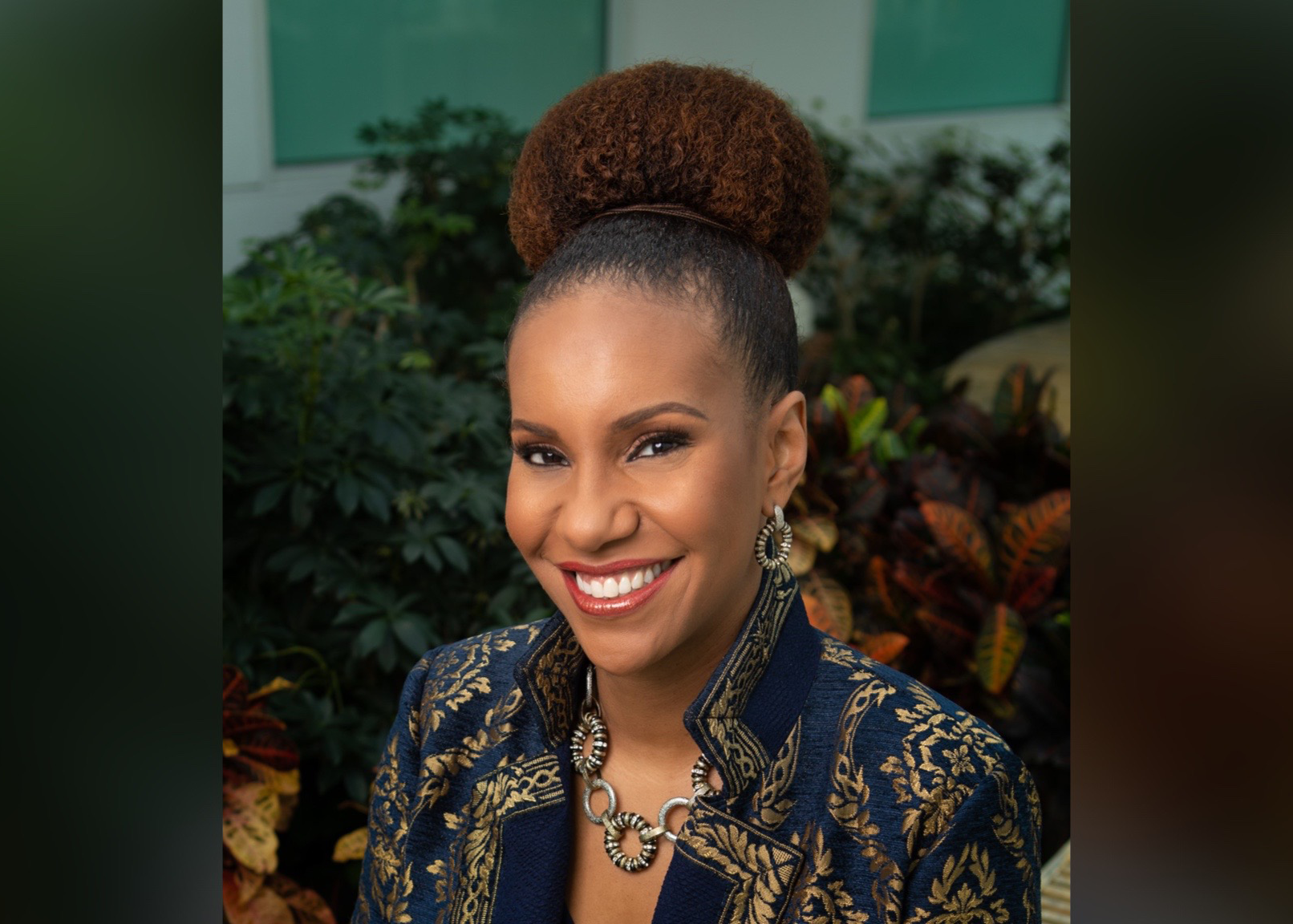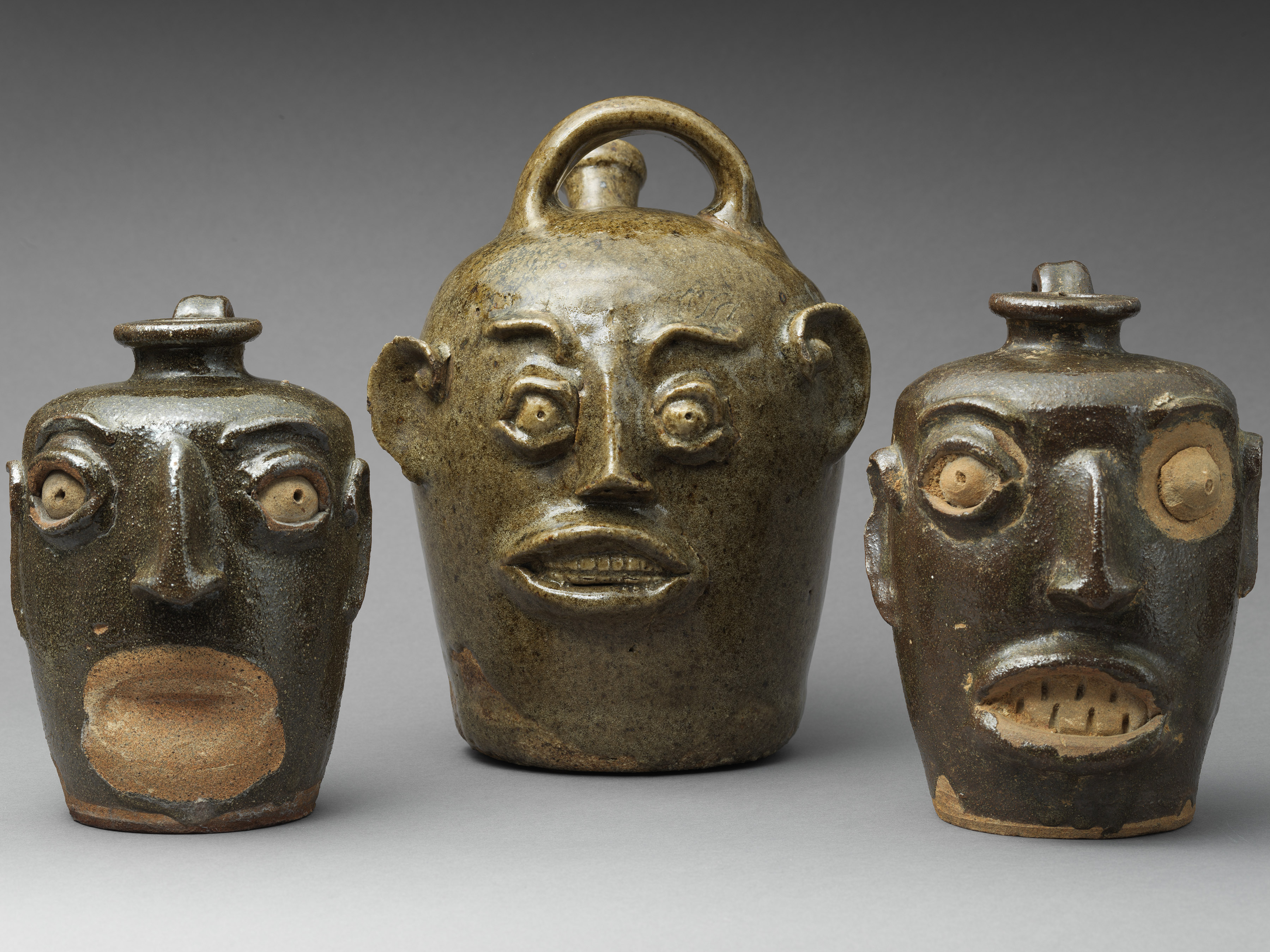From a Museum Expert: A Word of Advice for an Upcoming UMMA Exhibition

Dr. Tonya M. Matthews is Chief Executive Officer of the International African American Museum (IAAM)
UMMA is working closely with the Metropolitan Museum of Art, and the Museum of Fine Arts Boston on bringing to Ann Arbor a traveling exhibition focused on the work of African American potters in the 19th-century American South, curated by Adrienne Spinozzi at The Met; Ethan Lasser at the MFA; and Jason Young, Associate Professor of History at the University of Michigan.
The show, Hear Me Now: The Black Potters of Old Edgefield, South Carolina, provokes many complex and important questions surrounding the exhibition of the cultural heritage of enslaved potters. The curators and others helping on the development of the exhibition convened at UMMA this spring to grapple with some of those questions in a collaborative, transparent way while they work to finish the show.
Joining them was Dr. Tonya M. Matthews, the President and CEO of the International African American Museum, who offered some advice to the curators during a public keynote event.
“The two scariest words in the English language are ‘racism’ and ‘algebra,’”quipped Dr. Matthews, who has a PhD in engineering. “And you’d be surprised at the similarities in trying to bring people into conversation in both. They both start with, Well, that’s not about me, that’s not really for me, I never learned that, I can’t really do that, oh my God, my kid’s gotta study this, what do I do now? They require a similar skillset–of bringing folks into conversations that they feel unprepared for, that they may have been told that they are not supposed to be in.”
Matthews is set to open the IAAM museum later in 2022. The museum is located in Charleston, South Carolina, on the site of Gadsden’s Wharf, where tens of thousands of enslaved people disembarked from trans-Atlantic voyages in the 18th century.
Dr. Matthews noted the various difficulties that African-Americans face when trying to trace back their family history, particularly 19th-century censuses that named enslaved people by the name of their owners, if they were even named at all. This raises many questions for museums showing these materials: questions of labeling (how do we attribute these unrecorded artists?); questions of agency (can one be titled ‘artist’ when working as an enslaved laborer?); and questions of reparation (the value of these works has skyrocketed in recent years: who can lay claim to them, especially when descendants are difficult to trace because of a lack of historic documentation?).
Matthews, who has lived and worked in South Carolina for many years, shared one of her personal philosophies, “Cumya can’t tell binya,” an expression from the Gullah people of South Carolina. (“‘Binya’ as in, we been here. ‘Cumya’ as in, you just come,” she explained.)
It means, more or less, “People who are new here shouldn’t tell people from here what to do.”
She said that she keeps this mantra front of mind when working with various communities in the museum field, and it’s something that those working on Hear Me Now need to keep in mind as well. “This is a key phrase…for us as curators, us as cultural heritage professionals, us as museum activators, to actually think through,” Dr. Mathews said. “[It’s] part of what we have been trying to say in statement after statement, policy after policy, case study after case study. Here it is, four words–cumya can’t tell binya.”
The keynote presentation can be watched here.
This program was organized in partnership with The Metropolitan Museum of Art, the Museum of Fine Arts Boston, and the U-M Department of History with support from the Crystal Bridges Museum of American Art and the U-M Arts Initiative.
Hear Me Now: The Black Potters of Old Edgefield, South Carolina
The Metropolitan Museum of Art, New York (September 9, 2022 – February 5, 2023)
Museum of Fine Arts, Boston (March 6, 2023 – July 9, 2023)
University of Michigan Museum of Art, Ann Arbor (August 26, 2023 – January 7, 2024)
High Museum of Art, Atlanta (February 16, 2024 – May 12, 2024)
Hear Me Now: The Black Potters of Old Edgefield, South Carolina is an exhibition focused on the work of African American potters in the 19th-century American South and the contemporary artists who have responded to it. Organized by The Metropolitan Museum of Art and the Museum of Fine Arts, Boston, the exhibition is a groundbreaking presentation of approximately 60 ceramic objects from Edgefield, South Carolina, a center of ceramic production in the decades before the Civil War. Considered through the lens of recent scholarship in the fields of history, literature, anthropology, diaspora, material culture, and African American studies, these 19th-century wares testify to the artistic ambitions, lived experiences, and material knowledge of enslaved peoples and the realities of slavery in the industrial context.
Hear Me Now offers a novel view of an underrepresented aspect of American enslavement, foregrounding objects made by enslaved potters and bringing this important history to larger audiences. Additionally, it aspires to link past to present, in part by including the work of leading contemporary Black artists who have responded to the Edgefield story, such as Simone Leigh and Woody De Othello, among others.
CURATING EDGEFIELD
Investigating Complex Questions Surrounding Exhibiting the Cultural Heritage of Black Potters from South Carolina
Learn More
Unidentified potters, Edgefield District, South Carolina
Three Face Vessels, ca. mid-19th century
Alkaline-glazed stoneware with kaolin inserts
H: (from left to right) 7 in., 10 1/4 in., 7 in.
The Metropolitan Museum of Art(from left to right) Rogers Fund, 1922 (22.26.4); Purchase, Nancy Dunn Revocable Trust Gift, 2017 (2017.310); Lent by April L. Hynes (L.2014.16)
